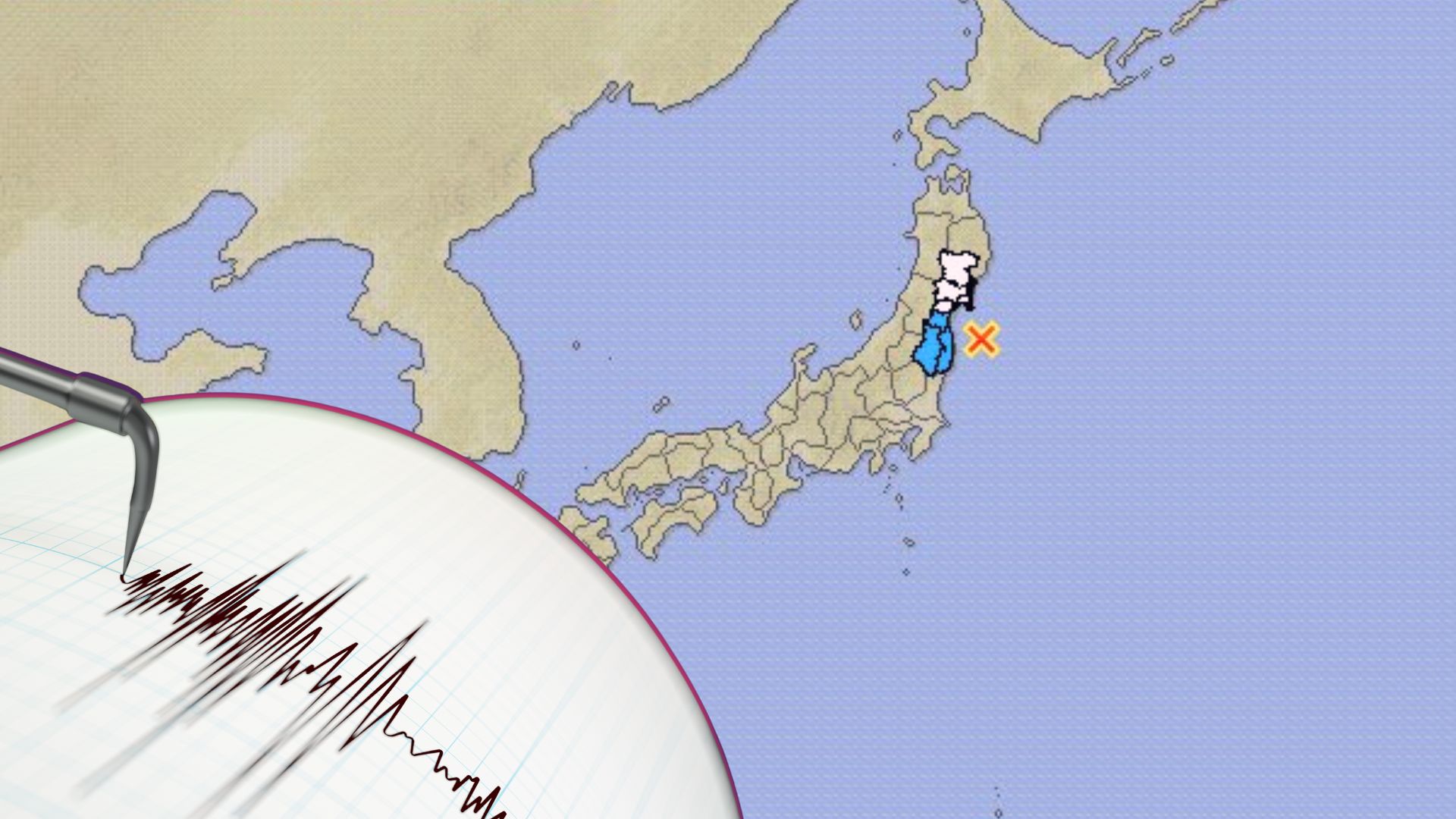On Thursday, a powerful earthquake with a magnitude of 7.1 struck the island of Kyushu in southern Japan, following an initial tremor recorded at 6.9. According to the United States Geological Survey (USGS), the initial quake struck at 4:42 pm local time (0742 GMT), approximately 29 kilometers southeast of Miyazaki on Kyushu, at a depth of 33 kilometers. Less than a minute later, a second quake hit 20 kilometers northeast of Miyazaki at a depth of 26 kilometers.
In the aftermath, the Japan Meteorological Agency issued warnings for tsunamis reaching up to one meter, affecting coastal areas in Kyushu and Shikoku islands. The agency cautioned residents against approaching the coast and advised them to stay out of the sea until the alert is lifted.
A 7.1magnitude #earthquake struck southern Japan, triggering a tsunami that has reached western Miyazaki prefecture.#LaCasaDeLosFamososMx #NeerajChopra#Paris2024#LaCasaDeLosFamososMxpic.twitter.com/TX1ILCZO9G
— sanjana beniwal (@education72320) August 8, 2024
As of now, there have been no reports of significant damage from these quakes. The Japanese government has promptly assembled a special task force to address the situation and monitor developments.
Japan rock by TWO powerfuls #Earthquakes . A 7.3=magnitude quakes strikes off the coast, follow by a 6.8-magnitude tremor just hours later. Tsunami fear and widespread panic grip the nation. #JapanEarthquake #TsunamiAlert
#earthquake pic.twitter.com/5gP4kGs8Rz— punit rajput (@rajputpunitg) August 8, 2024
Japan, situated along the “Ring of Fire,” is one of the world’s most seismically active regions, experiencing around 1,500 earthquakes annually, which account for about 18% of global seismic activity. The country’s rigorous construction standards and preparedness drills generally help minimize damage from such events.
However, Japan’s seismic history includes notable disasters. On New Year’s Day this year, a massive earthquake led to at least 260 deaths, with additional fatalities linked to the quake. The destruction from this quake included toppled buildings, fires, and infrastructure damage, coinciding with the New Year celebrations.
The memory of Japan’s worst post-war disaster, the March 2011 magnitude-9.0 earthquake and subsequent tsunami, continues to loom large. This catastrophe resulted in approximately 18,500 deaths or missing persons and caused the Fukushima nuclear plant meltdown. More recently, a 7.4-magnitude quake off Fukushima’s coast in March 2022 resulted in three deaths and reminded the nation of its vulnerability to such natural disasters.
Japan’s capital, Tokyo, also remembers the devastation of the 1923 Great Kanto Earthquake, which marked a significant event in its seismic history. Despite the frequent tremors, Japan remains committed to enhancing its earthquake resilience through stringent building codes and emergency preparedness.















